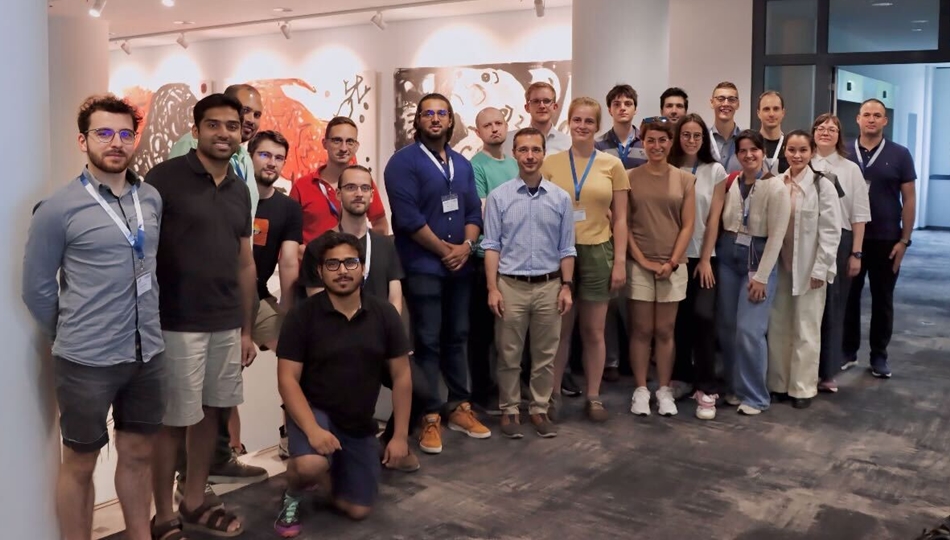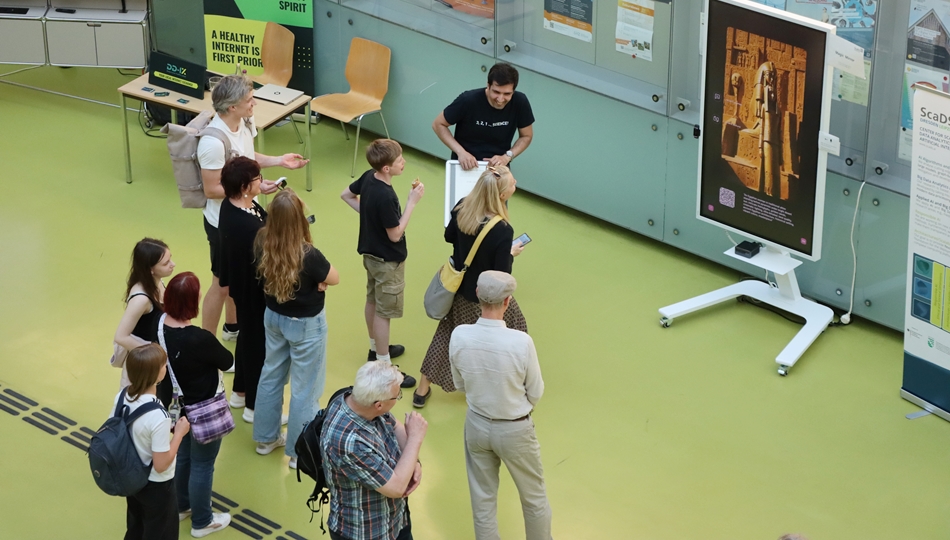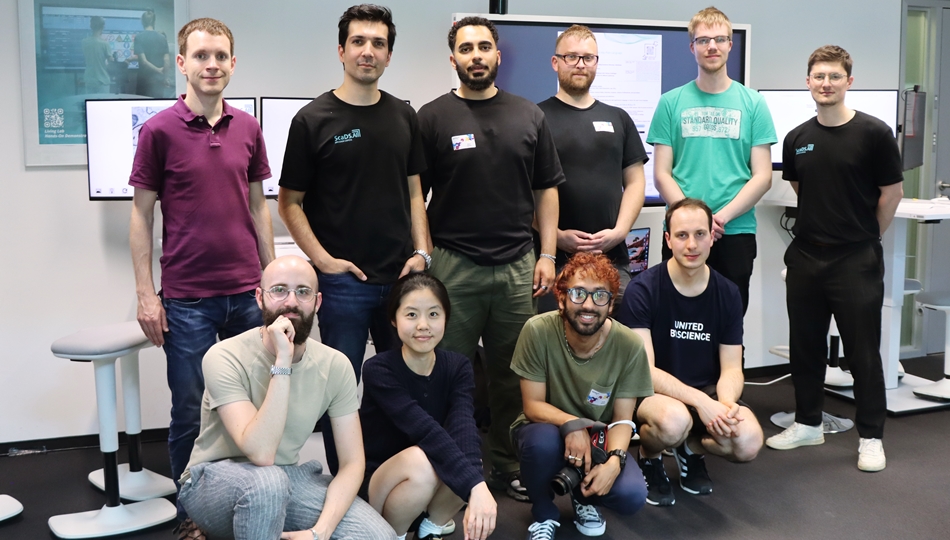16. July 2023
Data Science Challenge: 2nd Place
On 07.03.2023, four teams presented their results of the ScaDS.AI Data Science Challenge at the 20th Conference on Database Systems for Business, Technology and Web (BTW) in Dresden.
The challenge for the applicants was to choose a metropolitan area or a city with a sufficient density of sensors and other publicly available geodata for an analysis. The teams were tasked to find interesting facts and patterns in the data sources. On that basis, they were creating an analysis that answers a question of social relevance. Consequently, analyzing publicly available urban bicycle traffic data and other urban geographical data has advantages. For instance, it can help connect individual perspectives to analyze the big picture of urban bicycle infrastructure in future projects.
As a result, the participants presented or visualized their analysis in purely textual form. A jury of experts from research, cities and industry evaluated their projects and announced the placings on 08.03.2023:
- 1st place: Recommending Alternative Cycling Routes via Predicted Usage Patterns (Men, Dakai; Becktepe, Jannis; Esmailoghli, Mahdi; Bermbach, David; Abedjan, Ziawasch)
- 2nd place: Predicting Bike Traffic Using Graph Neural Networks: Integrating Residential Density, Amenity Distribution, and Street Networks (Chou, Wen-Chuang)
- Two 3rd places: Analyzing Cargo Bike Usage in Leipzig for Improved Bike-Sharing System (Petersen, Hauke; Plank, Martin) und In-Database Machine Learning on Bicycle Data from Munich (Großmann, Christoph)
The first three places were rewarded with a prize money from a pool of 1000 euros.
2nd Place of the Data Science Challenge 2023
The following paragraph provides an abstract of the project “Predicting Bike Traffic Using Graph Neural Networks: Integrating Residential Density, Amenity Distribution, and Street Networks” by Wen-Chuang Chou:
Focusing on three cities – Dresden, Leipzig and Hamburg – this analysis shows how to to minimize the discrepancies between predicted and actual bike traffic using Graph Neural Networks.
By crunching numbers from a social and environmental dataset it is possible to predict bike traffic volume. In this case, the Stadtradel app and the MOVEBIS research project at TU Dresden. The following aspects will be focused:
- residential density
- distribution of amenities
- and street networks
OpenStreetMap is used to get the scoop on street networks and types. Furthermore, keywords from the OSM classification hierarchy help to find all the amenities.

Finally, these three cities became training ground for bike traffic prediction excellence.
More about this analysis can be read here:
The results of the teams were evaluated according to various criteria, such as Social relevance and Data visualization.
We thank all participants for their engagement and interesting projects!






